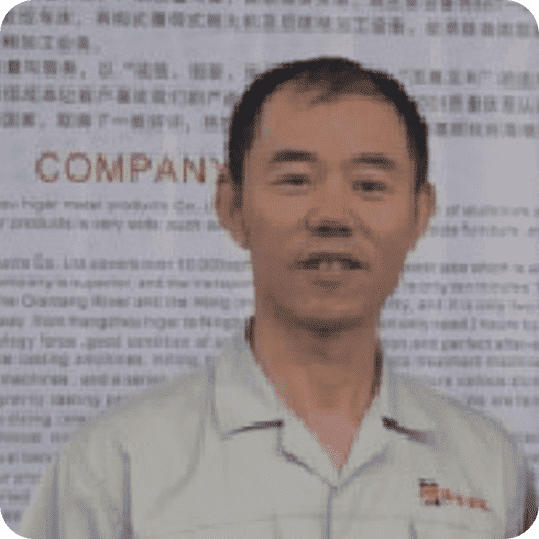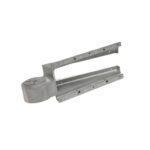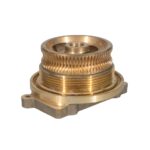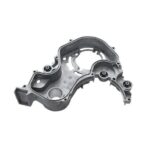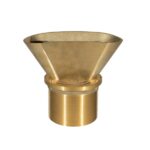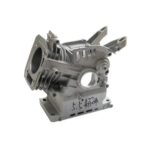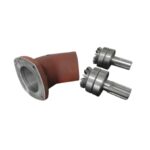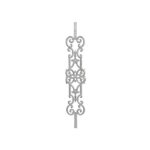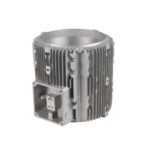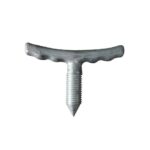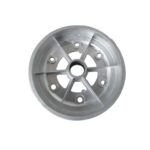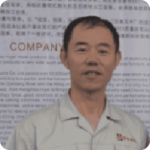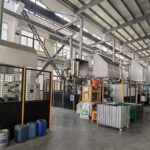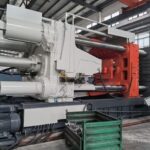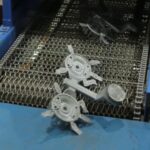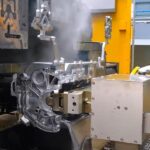Die casting is widely used for producing complex metal parts with high precision. Despite its advantages, it can sometimes result in defects.
Identifying and addressing these defects is crucial for maintaining product quality and optimizing manufacturing efficiency. This guide explores common die casting defects, their causes, and effective solutions.
Types of Die Casting Defects
Porosity
Porosity is a common defect in die casting, characterized by small voids or holes within the metal. This defect can weaken the structural integrity of the cast part.
Causes:
- Gas entrapment during the molten metal injection
- Shrinkage as the metal solidifies
- Contaminants in the alloy
Solutions:
- Improve venting to allow gases to escape
- Use vacuum die casting to reduce gas entrapment
- Optimize the cooling process to control shrinkage
- Ensure the purity of the alloy used
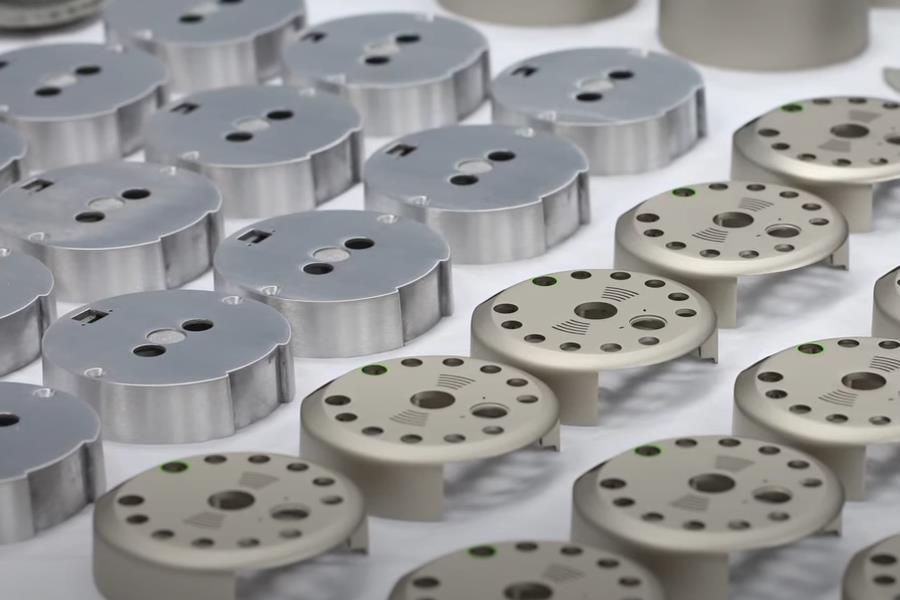
Cold Shuts
Cold shuts occur when two streams of molten metal do not fuse properly, resulting in a visible line or seam on the cast part.
Causes:
- Insufficient mold temperature
- Inadequate metal fluidity
- Slow injection speed
Solutions:
- Increase mold temperature
- Enhance metal fluidity by adjusting the alloy composition
- Optimize injection speed for better flow
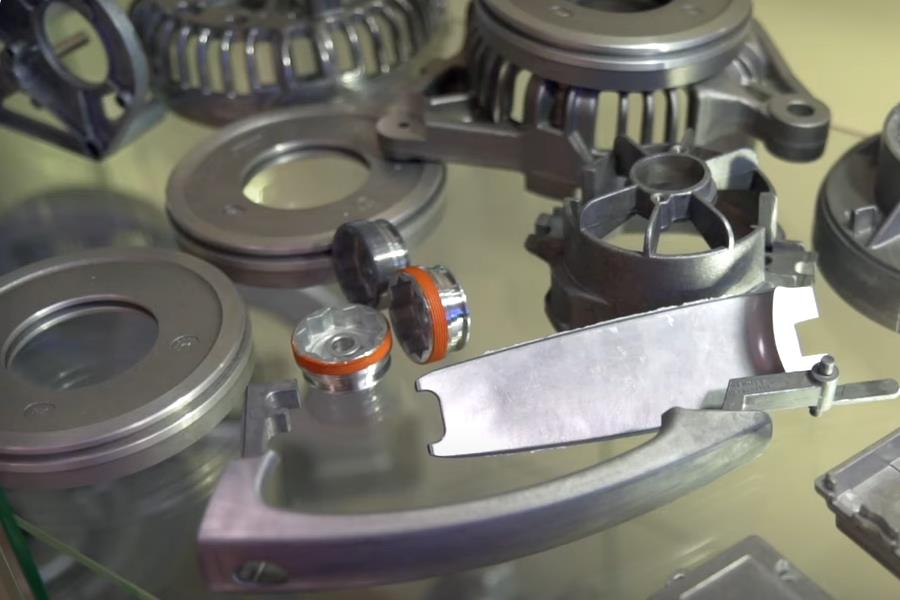
Flash
Flash is the excess metal that leaks out between the die halves during casting, forming a thin layer on the finished part.
Causes:
- High injection pressure
- Worn or damaged die
- Misalignment of die halves
Solutions:
- Reduce injection pressure
- Regularly maintain and replace worn dies
- Ensure proper alignment of the die halves
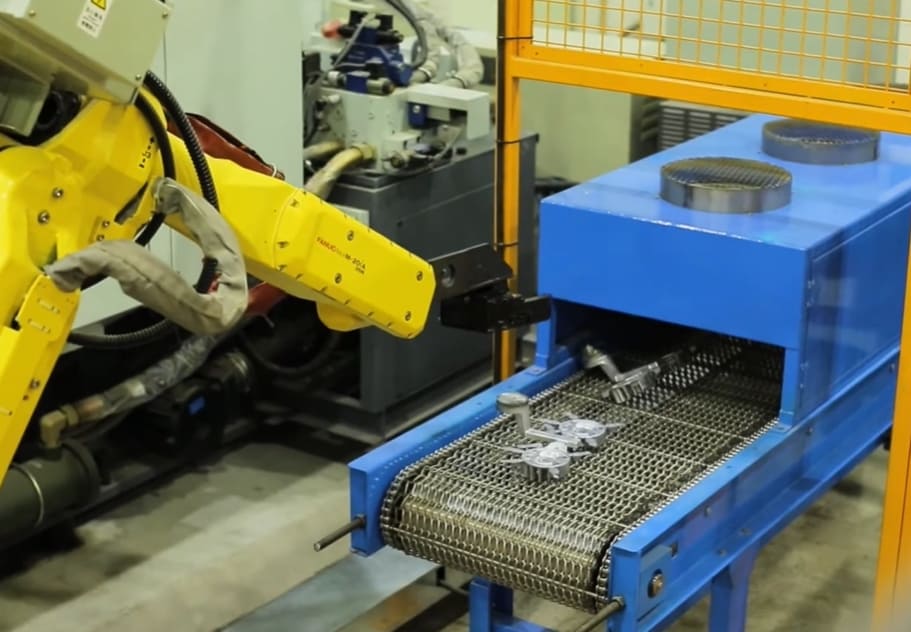
Misruns
Misruns occur when the molten metal does not completely fill the mold cavity, resulting in incomplete parts.
Causes:
- Low mold temperature
- Insufficient metal temperature
- Slow injection speed
Solutions:
- Increase mold and metal temperatures
- Optimize injection speed
- Improve mold design for better flow
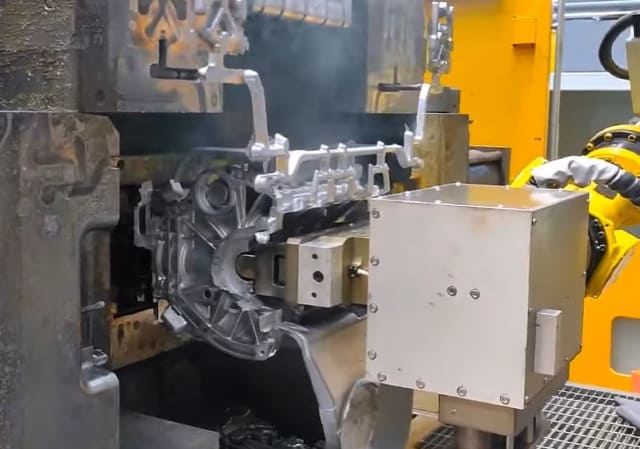
Surface Defects
Surface defects such as roughness, blisters, or stains can impact the appearance and sometimes the functionality of the cast part.
Causes:
- Contaminants in the mold or metal
- Inadequate mold release agent
- High mold temperature
Solutions:
- Clean the mold and ensure metal purity
- Apply sufficient and appropriate mold release agent
- Control mold temperature
Detailed Analysis of Die Casting Process Variables
Injection Speed
The speed at which molten metal is injected into the mold significantly affects the final product’s quality. Too high or too low injection speeds can cause defects like cold shuts or porosity.
Mold Temperature
Maintaining the optimal mold temperature is crucial. If the mold is too cold, it can cause misruns and cold shuts. If too hot, it can lead to surface defects and excessive wear on the die.
Alloy Composition
The composition of the metal alloy used in die casting influences its fluidity, cooling rate, and susceptibility to defects. Proper selection and mixing of alloys are essential for reducing defects.
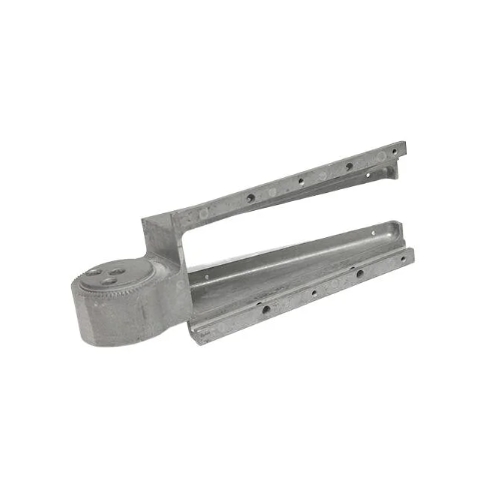
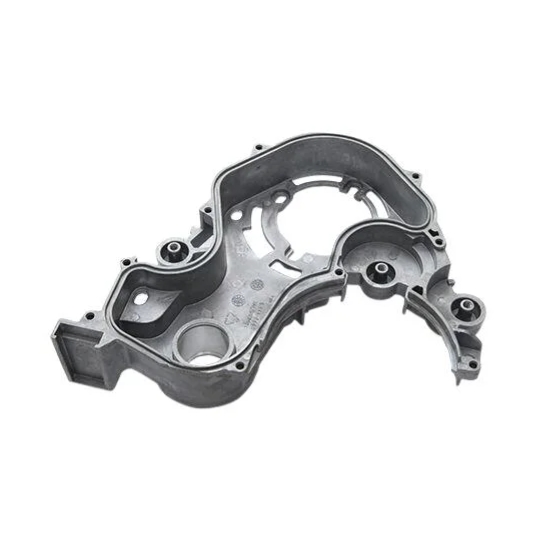
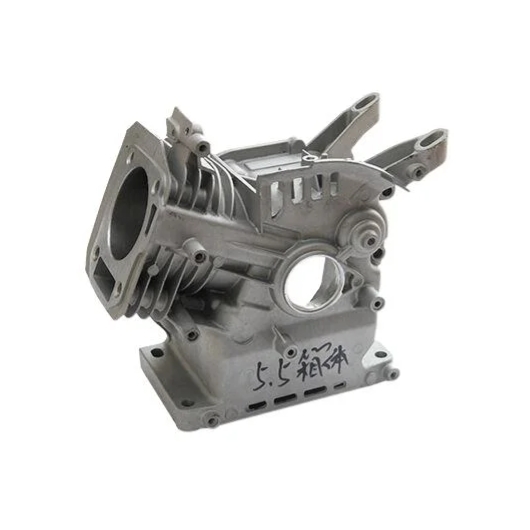
Common Solutions to Die Casting Defects
Improved Mold Design
Designing molds with appropriate venting, cooling channels, and gating systems can minimize defects. Computer simulations can optimize mold designs before manufacturing.
Advanced Casting Techniques
Employing advanced techniques like vacuum die casting or semi-solid casting can reduce the likelihood of defects. These methods help in better control over the casting process.
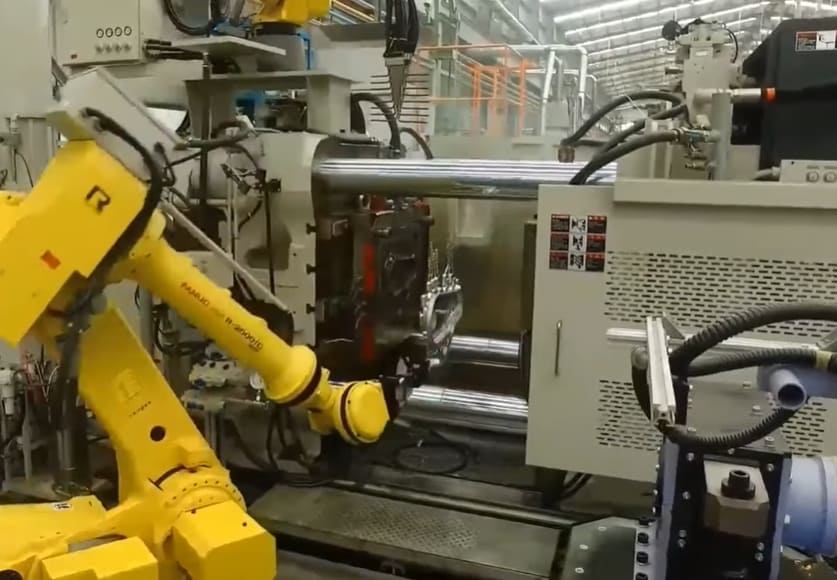
Quality Control Measures
Implementing stringent quality control measures, including regular inspection and testing of materials and finished parts, helps in early detection and correction of defects.
Regular Maintenance
Regular maintenance of die casting machines and molds is vital. This includes checking for wear and tear, cleaning, and timely replacement of parts.
Understanding and addressing die casting defects is essential for producing high-quality metal parts.
By optimizing process variables, improving mold design, and implementing advanced techniques and stringent quality control measures, manufacturers can significantly reduce defects and enhance the efficiency and quality of die casting operations.
Contact us today to discuss your project needs and receive a quote, you can trust us to deliver exceptional castings that meet your requirements.

